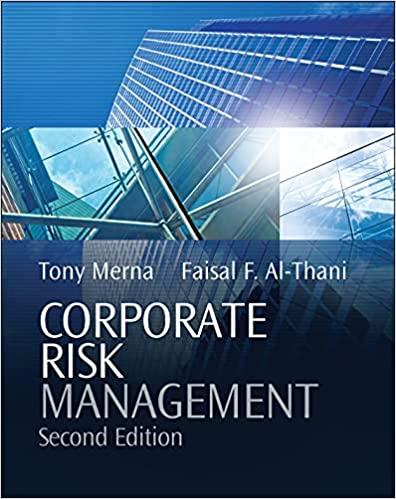Question
Case on Process Costing, Operation Costing, Impact on Resource Allocation Decision Golding Manufacturing, a division of Farnsworth Sporting, Inc., produces two different models of bows
-
Case on Process Costing, Operation Costing, Impact on Resource Allocation Decision
Golding Manufacturing, a division of Farnsworth Sporting, Inc., produces two different models of bows and eight models of knives. The bow-manufacturing process involves the production of two major subassemblies: the limbs and the handle. The limbs pass through four sequential processes before reaching final assembly: lay-up, molding, fabricating, and finishing. In the Lay-Up Department, limbs are created by laminating layers of wood. In Molding, the limbs are heat treated, under pressure, to form a strong resilient limb. In the Fabricating Department, any protruding glue or other processing residue is removed. Finally, in Finishing, the limbs are cleaned with acetone, dried, and sprayed with the final finishes.
The handles pass through two processes before reaching final assembly: pattern and finishing. In the Pattern Department, blocks of wood are fed into a machine that is set to shape the handles. Different patterns are possible, depending on the machine's setting. After coming out of the machine, the handles are cleaned and smoothed. They then pass to the Finishing Department where they are sprayed with the final finishes. In Final Assembly, the limbs and handles are assembled into different models using purchased parts such as pulley assemblies, weight adjustment bolts, side plates, and string.
Golding, since its inception, has been using process costing to assign product costs. A predetermined overhead rate is used based on direct labor dollars (70 percent of direct labor dollars). Recently, Golding has hired a new controller, Karen Jenkins. After reviewing the product costing procedures, Karen requested a meeting with the divisional manager, Aaron Suhr. The following is a transcript of their conversation:
KAREN: Aaron, I have some concerns about our cost accounting system. We make two different models of bows and are treating them as if they were the same product. Now I know that the only real difference between the models is the handle. The processing of the handles is the same, but the handles differ significantly in the amount and quality of wood used. Our current costing does not reflect this difference in direct material input.
AARON: Your predecessor is responsible. He believed that tracking the difference in direct material cost wasn't worth the effort. He simply didn't believe that it would make much difference in the unit cost of either model.
KAREN: Well, he may have been right, but I have my doubts. If there is a significant difference, it could affect our views of which model is more important to the company. The additional bookkeeping isn't very stringent. All we have to worry about is the Pattern Department. The other departments fit what I view as a process-costing pattern.
AARON: Why don't you look into it? If there is a significant difference, go ahead and adjust the costing system.
After the meeting, Karen decided to collect cost data on the two models: the Deluxe model and the Econo model. She decided to track the costs for one week. At the end of the week, she had collected the following data from the Pattern Department:
- There were a total of 2,620 bows completed: 1,040 Deluxe models and 1,580 Econo models.
- There was no beginning work in process; however, there were 310 units in ending work in process: 200 Deluxe and 110 Econo models. Both models were 90 percent complete with respect to conversion costs and 100 percent complete with respect to direct materials.
- The Pattern Department experienced the following costs:
Direct materials $115,203 Direct labor 40,586 - On an experimental basis, the requisition forms for direct materials were modified to identify the dollar value of the direct materials used by the Econo and Deluxe models:
Econo model $28,899 Deluxe model 86,304
Required:
1. Compute the unit cost for the handles produced by the Pattern Department, assuming that process costing is totally appropriate. Round intermediate calculations and your final answer to the nearest cent. $ per unit
2. Compute the unit cost of each handle, using the separate cost information provided on materials. Round intermediate calculations and your final answers to the nearest cent.
Unit Cost Econo Model $ Deluxe Model $ 3. Compare the unit costs computed in Requirements 1 and 2. Is Karen justified in her belief that a pure process-costing relationship is not appropriate? Describe the costing system that you would recommend.
4. In the past, the marketing manager has requested more money for advertising the Econo line. Aaron has repeatedly refused to grant any increase in this product's advertising budget because its per-unit profit (selling price less manufacturing cost) is so low. Given the results in Requirements 1 through 3, was Aaron justified in his position?
Step by Step Solution
There are 3 Steps involved in it
Step: 1

Get Instant Access to Expert-Tailored Solutions
See step-by-step solutions with expert insights and AI powered tools for academic success
Step: 2

Step: 3

Ace Your Homework with AI
Get the answers you need in no time with our AI-driven, step-by-step assistance
Get Started


